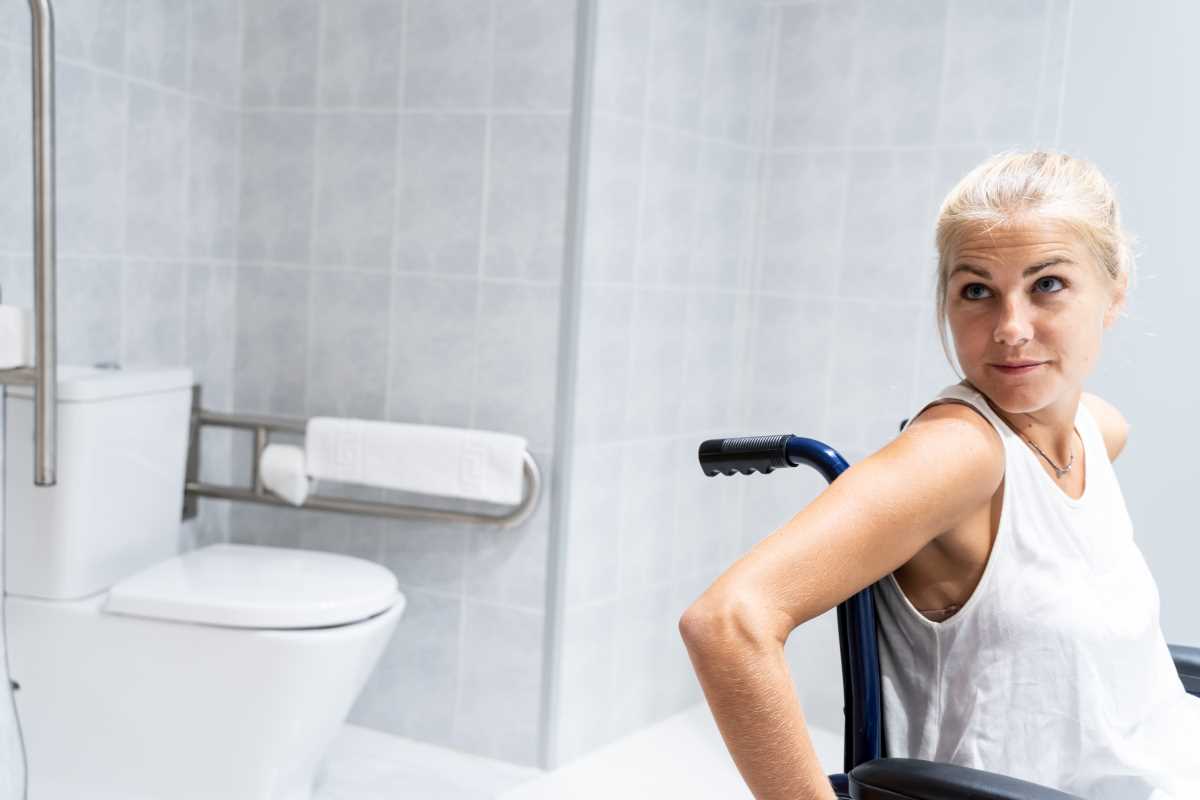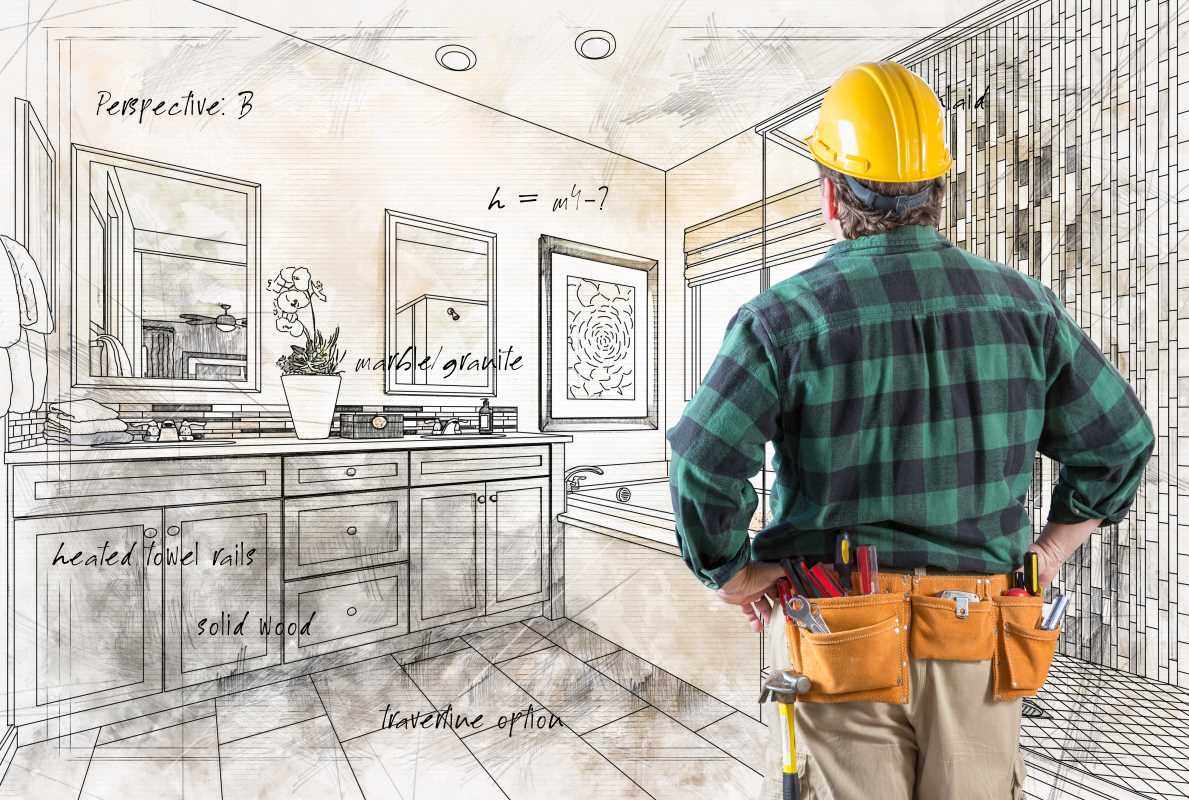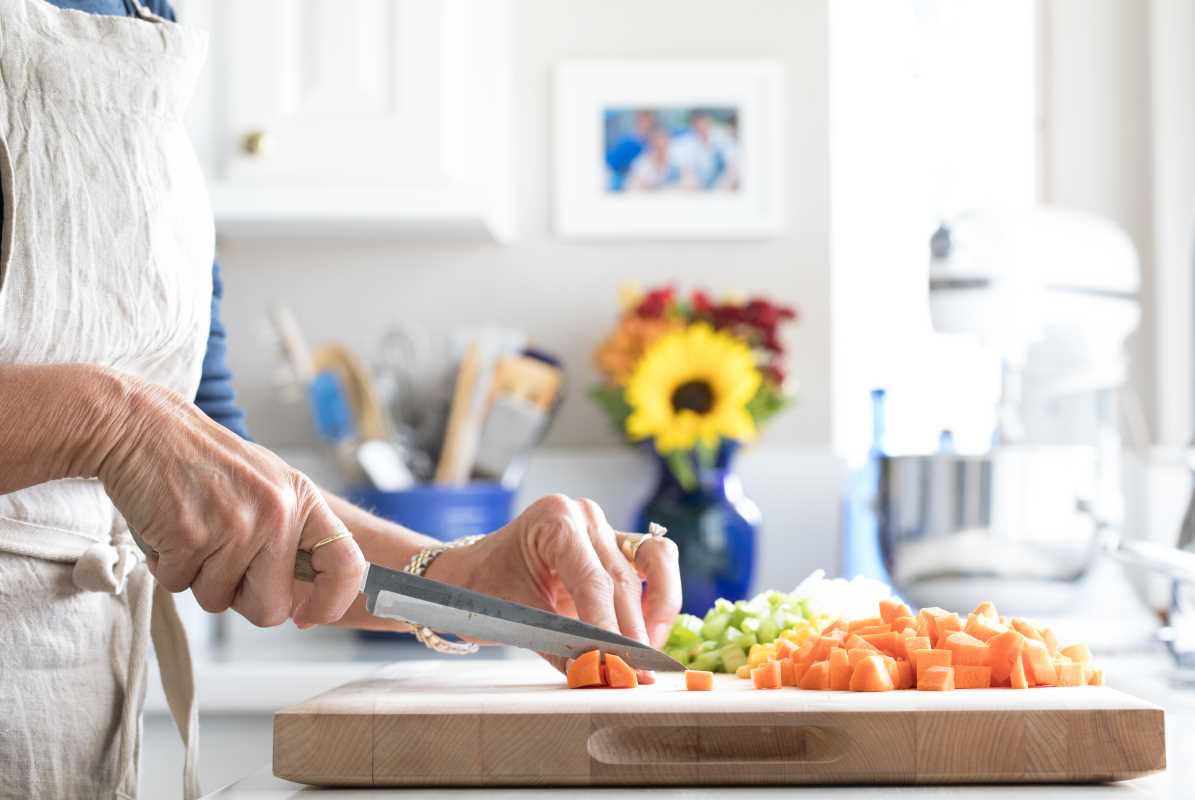Bathrooms are essential spaces within any home, but they can also pose significant challenges for individuals with limited mobility. Whether you're adjusting the space for a parent recovering from surgery, a child with a physical disability, or an aging grandparent, thoughtful modifications can make all the difference. By focusing on accessibility, safety, and comfort, you can create a bathroom that meets everyone’s needs without sacrificing style or functionality.
This guide will walk you through practical ways to design or adapt a bathroom space for someone with limited mobility. From small adjustments to major renovations, there are plenty of solutions to ensure everyone in the family feels safe and comfortable.
Start with Accessibility
Creating a bathroom that’s easy to access is the first step when designing a mobility-friendly space. Accessibility doesn’t just mean making the bathroom wheelchair-friendly; it’s about reducing barriers for anyone who may struggle with mobility, balance, or fine motor skills.
Widen Doorways and Entryways
Standard bathroom doors can be difficult to maneuver through, especially if someone is using a wheelchair, walker, or crutches. If possible, widen the doorway to at least 32–36 inches to make it easier to enter. Lever-style door handles are also a great addition, as they’re easier to operate than traditional round knobs.
Consider Floor Space
Bathrooms are often small, but for someone with limited mobility, space to move is essential. Aim for at least five feet of open floor space to allow for easy turning and maneuvering, particularly if a wheelchair or walker is used.
Install a No-Threshold Shower
Stepping over the edge of a tub or shower can be a major hazard. A no-threshold or walk-in shower eliminates this barrier, making it safer and more accessible. Consider adding a handheld showerhead and an attached bench so the user can sit comfortably while bathing.
Prioritize Safety
Bathrooms can be slippery, and the combination of water and hard surfaces increases the risk of falls. Prioritizing safety features will give everyone peace of mind.
Add Grab Bars
Grab bars are one of the simplest and most effective safety additions. These sturdy bars provide extra support when transferring from a wheelchair, standing up from the toilet, or stepping into the shower. Look for grab bars that are securely anchored to the wall and ideally positioned near the toilet, bathtub, and shower.
Use Non-Slip Flooring
Opt for non-slip tiles, vinyl, or rubber flooring to reduce the risk of slipping. Avoid using loose rugs or mats, which can be a tripping hazard. If a mat is necessary, ensure it has a non-skid backing to stay firmly in place.
Install Adequate Lighting
Good lighting is often overlooked but crucial for bathroom safety. Use bright, evenly distributed lighting to illuminate every part of the bathroom. Motion-activated or nightlights can also help eliminate accidents in the dark.
Ensure Safe Water Temperatures
Scalding water is a danger for children and adults with limited mobility who can’t react quickly. Installing an anti-scald device or adjusting your water heater’s thermostat to a safer temperature (around 120°F) can prevent burns.
Focus on Comfort and Ease of Use
Beyond accessibility and safety, comfort plays a big role in creating an inclusive bathroom. The easier the space is to use, the more confidence and independence it can provide.
Adjust Sink Height
Traditional sinks can be too high for someone in a wheelchair or too awkwardly placed for children. Consider installing a sink without cabinets underneath to allow clear legroom. Adjustable-height sinks or wall-mounted options are excellent choices for personalized use.
Choose a Comfort-Height Toilet
A standard toilet might be too low for someone who has trouble standing up or sitting down. Comfort-height toilets, which are a few inches taller, make transferring easier. Another affordable option is adding a raised toilet seat attachment.
Use Lever or Touchless Faucets
Mixer faucets with levers or touchless designs are much easier to use than traditional twist-style taps. They allow someone to adjust the water with minimal effort, making the sink more functional for adults or children with limited grip strength.
Add Storage Within Reach
Reaching cabinets or shelves that are too high or too low can be frustrating or even unsafe. Instead, install shelves and storage units at a height that’s easy to access. Drawer organizers or bins can help keep items like toiletries, towels, and medications neatly arranged.
Ventilation for Comfort
Good ventilation is important for preventing moisture build-up, which can make floors slippery or lead to mold and mildew. Install an effective exhaust fan to help keep the air dry and fresh.
Customizing for Unique Needs
Every individual has different needs, so customizing the bathroom can make all the difference. With the right tools and planning, you can tailor the space specifically for your family member.
For Children with Limited Mobility
- Lower Heights: Modify countertops, sinks, and mirrors so that your child can independently reach them.
- Fun and Functional: Use brightly colored grab bars or add fun decals to help the bathroom feel welcoming.
- Safety First: Make sure all sharp corners are padded, and store unsafe items like cleaning supplies out of reach.
For Aging Parents or Adults with Mobility Challenges
- Shower Chairs and Benches: Portable shower chairs make it safer and more comfortable for older adults to bathe independently.
- Adjustable Fixtures: Features like an adjustable-height showerhead or a tilt-over mirror can add convenience.
- Emergency Access Systems: Consider installing an easy-to-reach panic button or intercom if emergencies arise.
Balancing Functionality with Style
A functional bathroom doesn’t have to look sterile or clinical. Modern designs now incorporate accessibility features seamlessly, creating a beautiful and practical space.
Blend Grab Bars with Décor
Grab bars come in various colors and finishes that blend with your bathroom aesthetic. You can choose sleek stainless steel, bronze, or even textured designs that complement tiles or wall paint.
Choose Stylish Fixtures
Accessible fixtures like lever handles, rain showerheads, or wall-mounted sinks are available in many modern styles. They’ll provide the functionality you need without sacrificing the overall look of your bathroom.
Neutral Hues for Timeless Appeal
Considering neutral or warm tones can keep the room feeling airy, spacious, and inviting. Add pops of color through towels, plants, or artwork for personality without overcomplicating the space.
Consulting Professionals
If you’re undertaking a major bathroom renovation or installation, it’s worth bringing in professionals. Accessibility experts, interior designers, or contractors experienced in mobility-focused renovations can help you plan effectively, avoid mistakes, and stick to budget-friendly options.
 (Image via
(Image via





